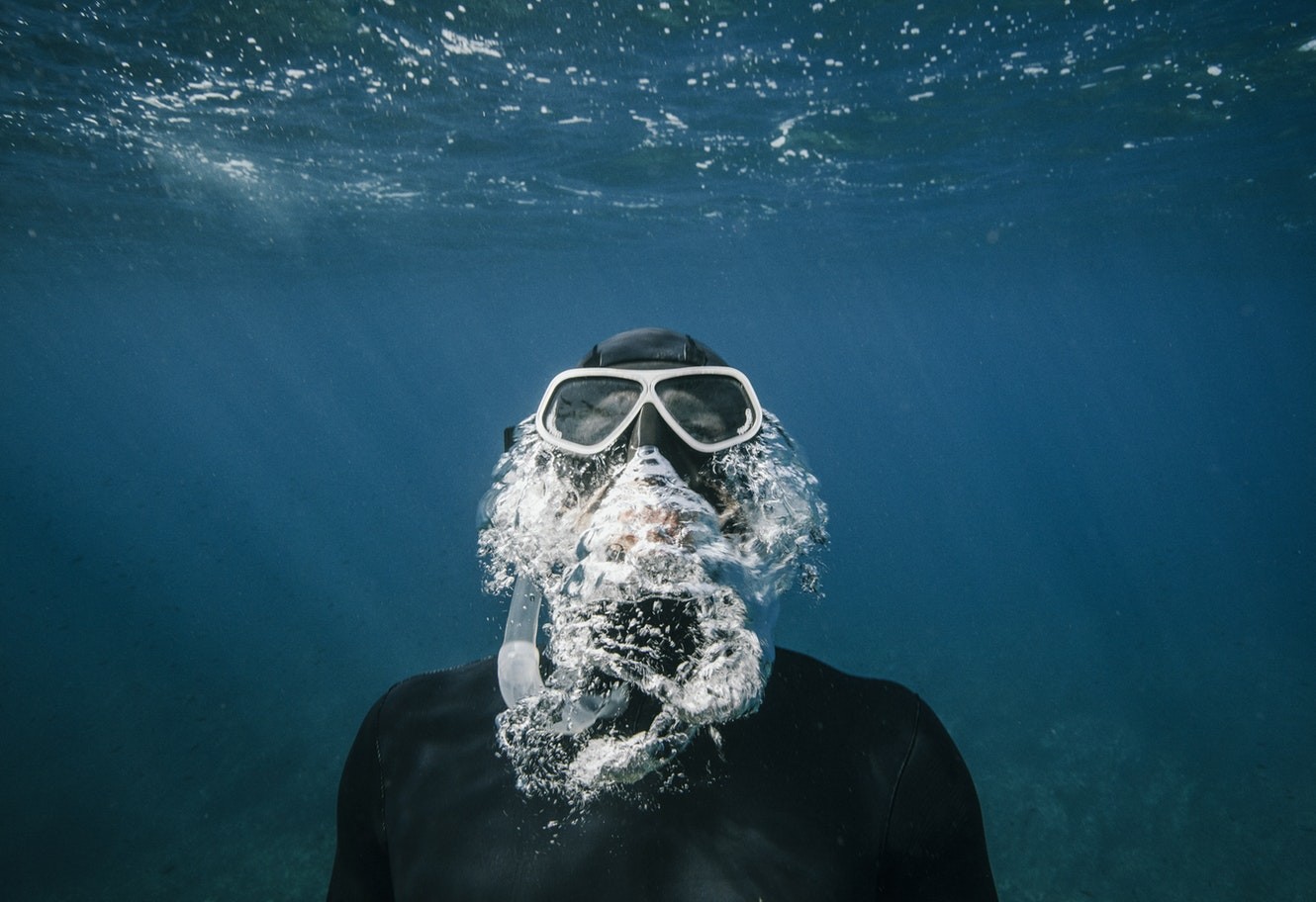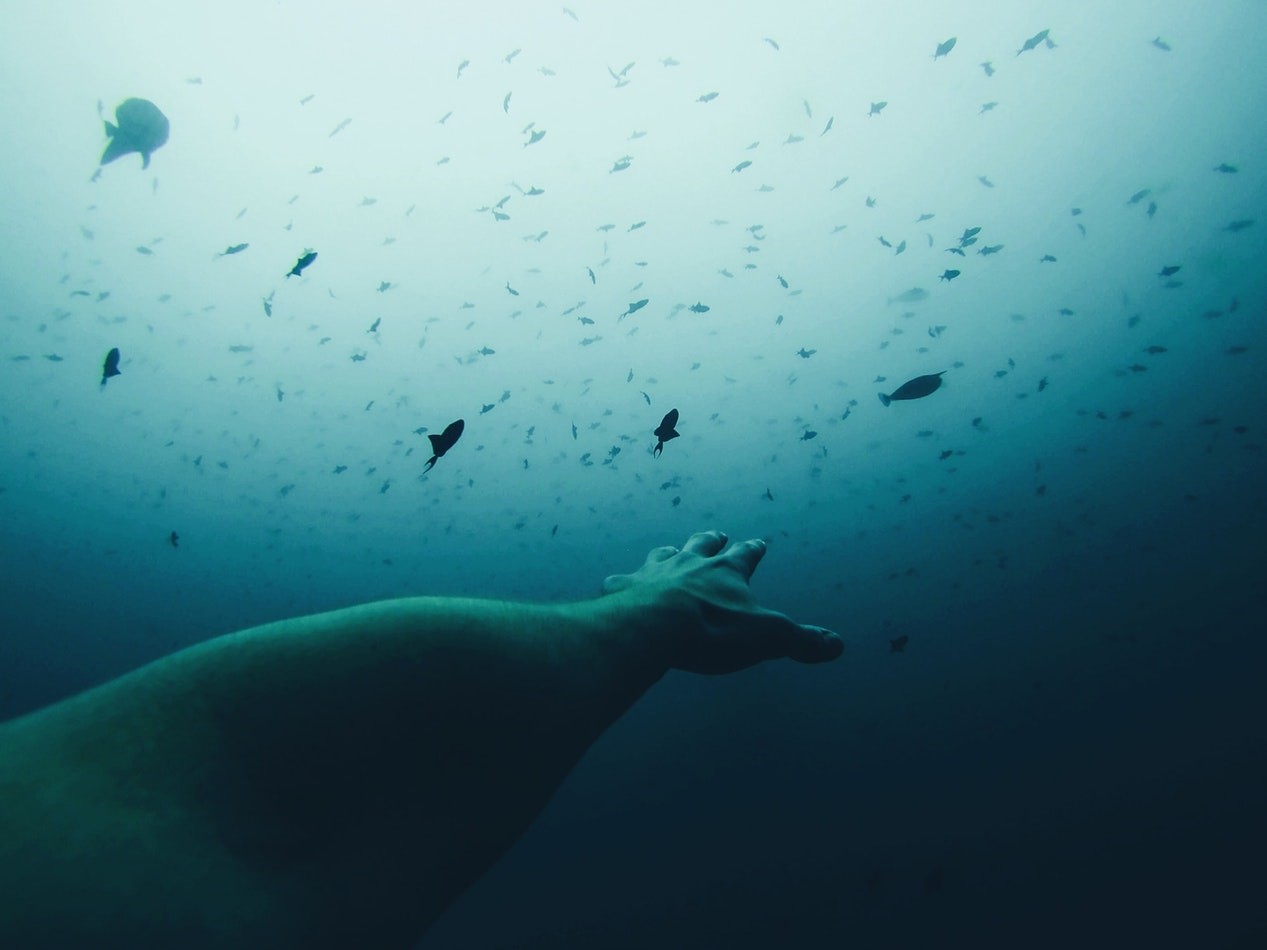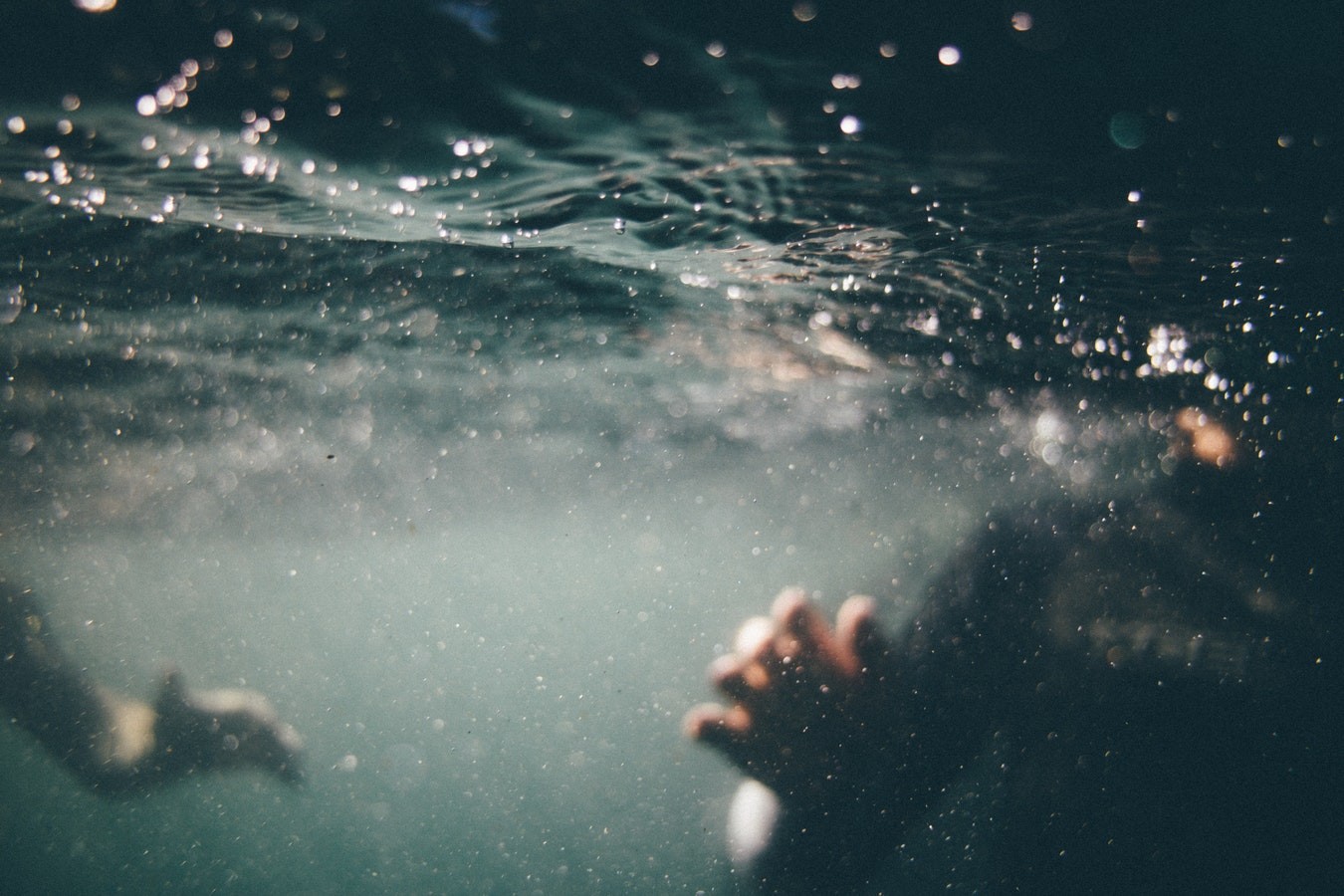When your face touches cool water, your heart rate drops: Mammalian Diving Reflex

The diving reflex, also known as diving response or mammalian diving reflex, is a series of physiological reactions found in all air-respiratory vertebrates that have invalidated basic homeostatic reflexes. The oxygen stores are preferably distributed to the heart and brain, thus allowing a long time of submission to optimize breathing.
Mammalian diving reflex: An example of survival
A cold night in Colorado, 21-month Gore Otteson fell into a frozen river. When her parents took her out, she was unconscious, her heart stopped, and she was no longer breathing. But almost an hour later, Gore revived at the Denver Children’s Hospital, and after a few days he was completely cured by his mammalian dive reflex.
Reflexes allow you to return to a hot stove or fire if a person turns you on. All mammals, including humans, have a dive reflex. The diving reflex is the physiological response to the body’s immersion in cold water and involves selectively closing certain parts of the body to save energy to survive.
Unlike seals, whales and penguins who use wavy reflexes as an adaptation in their daily lives, we engage the diving reflex in an emergency. Marine animals have a highly developed dive response to withstand the pressures of fish and dives under water.

Since all mammals breathe air, the dive reflex is activated to manage the lack of oxygen while under water. All non-essential processes, such as digestion, come to a standstill and collapse like flood gates by stopping blood flow to the blood vessels, outer doors and organs. The heart rate of the seal slows dramatically, which reduces the amount of blood circulating in the body. Metabolism decreases the unused parts of the body when the cells form and use energy.
Katherine Martien, Neurological Developmental Disability Specialist at Massachusetts General Hospital, Department of Pediatrics compares the human dive response to hibernation. A brown bear sleeps during the winter season, reducing almost all activity in his body, so he can use less energy to survive in the cold. Similarly, when a child is immersed in very cold water, the body reacts by reducing activity by protecting energy and oxygen.
When Gore fell into the river, she responded by diving reflex when her body hit the trigeminal nerve of her face in freezing water. Her body quickly cooled down and her heart rate and metabolism slowed dramatically to reduce the body’s need for oxygen; He had protective hypothermia when the core temperature fell below 95 ° F. After an involuntary breath, her breathing in cold water helped to cool the core temperature faster and Gore lost consciousness when her body temperature reached 88 degrees.
Mammals
Despite the majority of mammals, we are losing most of the biological bonds that connect us to the oceans, but we are still naturally connected to our ancestors.

How is it triggered?
It’s triggered when a mammal’s face comes in contact with or is submerged in cool water. When this occurs, receptors are activated within the nasal and sinus cavities as well as areas in the face connected to the trigeminal nerve. The information the face encounters with water is transmitted to the brain and to the autonomic nervous system via the vagal nerve, which leads to immediate closure of the airway and at the same time a series of physiological changes to optimize the body’s protection of oxygen. The reflex includes four processes that are triggered in turn:
-
Bradycardia
- A reduction of the heart rate by approximately 10-25% occurs immediately upon facial contact with water (even simply splashing the face with water will achieve this effect). The slowing down of the heart rate reduces the amount of oxygen entering the bloodstream, allowing the body to maintain oxygen and to make more efficient use of vital organs. For freedivers, the result of bradycardia is an extension of time spent underwater.
-
Peripheral vasoconstriction
- Peripheral vasoconstriction (the narrowing of blood vessels to reduce blood flow through the muscular contraction of the blood vessel walls) which takes place with slight increases in atmospheric pressure resulting from immersion in water. In the extremities (fingers, toes, hands, feet, arms and legs), capillaries begin to shrink to these areas, limiting blood flow and directing them to vital organs, including the heart, lungs, and brain. It is fed significantly more oxygen than other environmental organs.
-
Blood shift
- The atmospheric pressure upon diving increases with depth in accordance with Boyle’s law, and the lungs and air in them are compressed as they descend below the surface. Due to the peripheral vasoconstriction initiated by the diving reflex, blood will be shunted from the extremities into the vital organs and thoracic (chest) cavity resulting in a higher percentage of blood volume in this area that will occupy the space created by the compression of the air inside of the lungs. Blood, which is similar in many forms to ocean water will not be able to be compressed due to its liquid/fluid nature and will retain its volume regardless of the depth that a diver may reach. Since the blood fills the empty space caused by the compression of air at depth (the result of a pressure differential in the lungs), the lungs will not collapse due to the increased atmospheric pressures experienced. Blood shift also occurs in the other organs of the body in a similar manner and with the same result.
-
Splenic contraction
- As part of the diving reflex, the spleen will experience contractions when a diver is subjected to the atmospheric pressures of depth. Typically, the spleen acts as a reservoir for large blood volumes circulating within it and, in connection with the blood volumes required by the blood exchange discussed above, blood will flow into the spleen and then give blood to the circulatory system. The additional volume of blood that enters the body as a result of the splenic contraction will not only increase the amount of oxygen available to the system but also help to increase the supportive fluid capabilities of the blood in the body’s lungs and other organs.
Sources: https://www.ncbi.nlm.nih.gov/pmc/articles/PMC3768097/, https://en.wikipedia.org/wiki/Diving_reflex


Comments